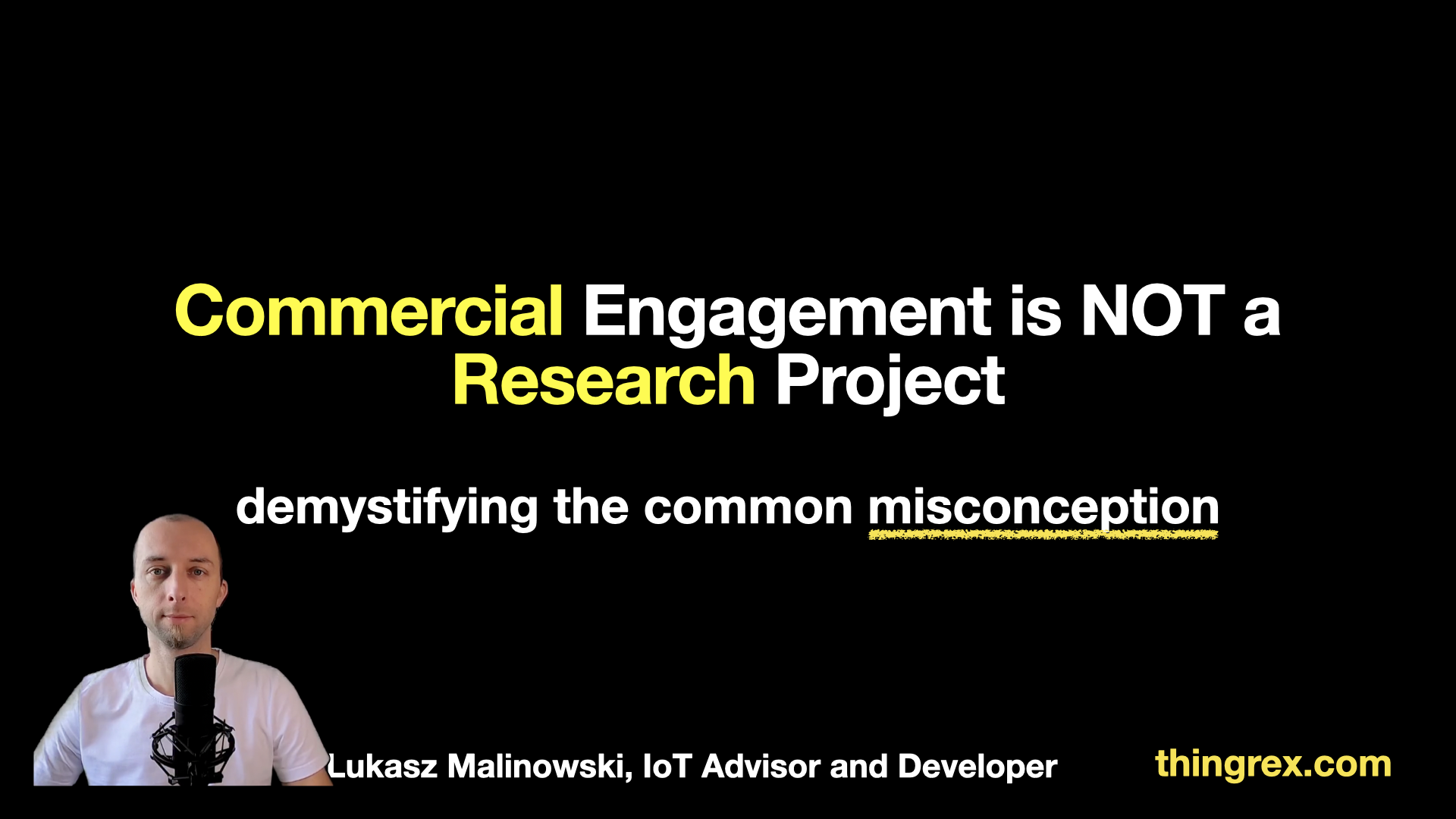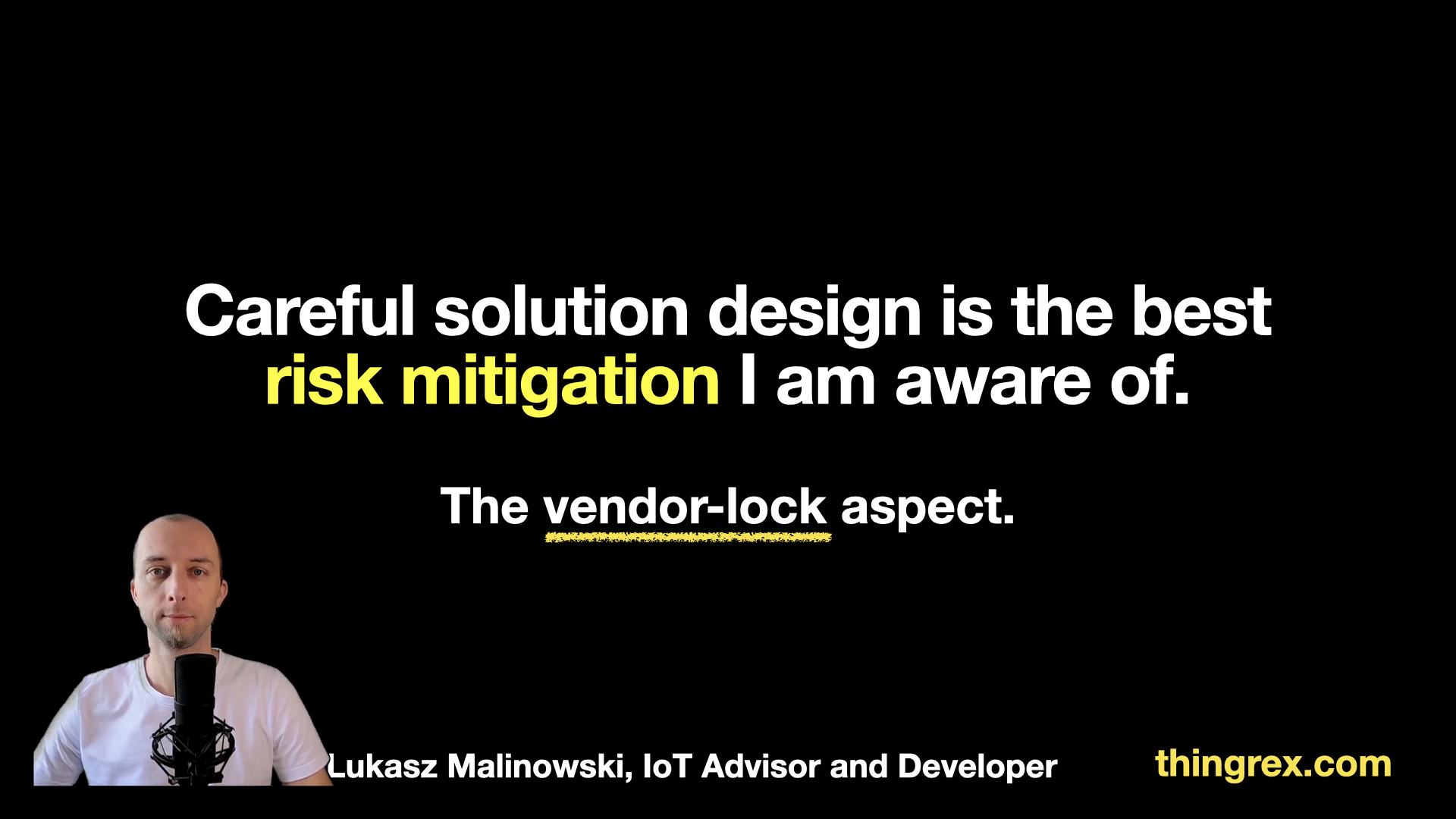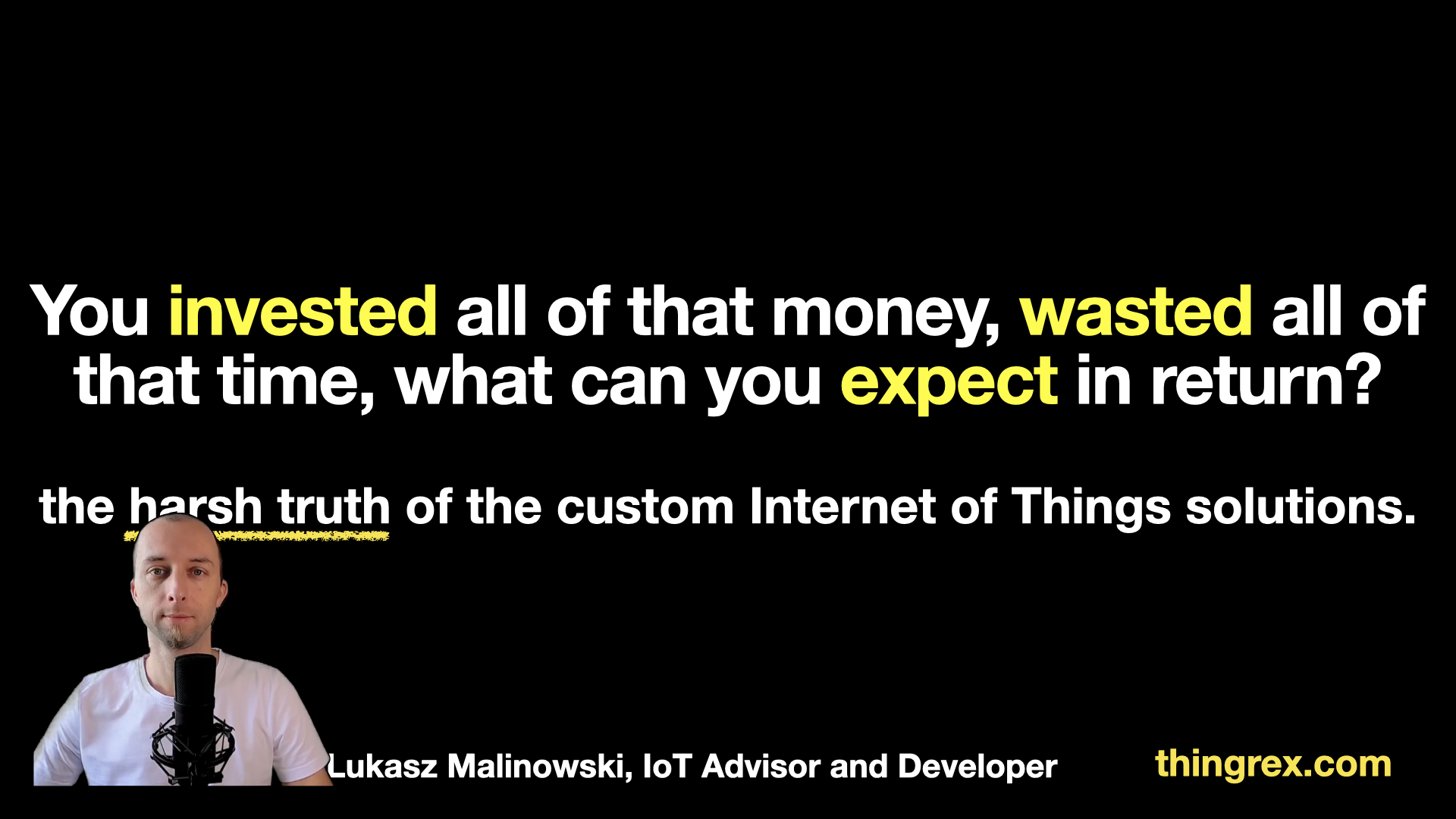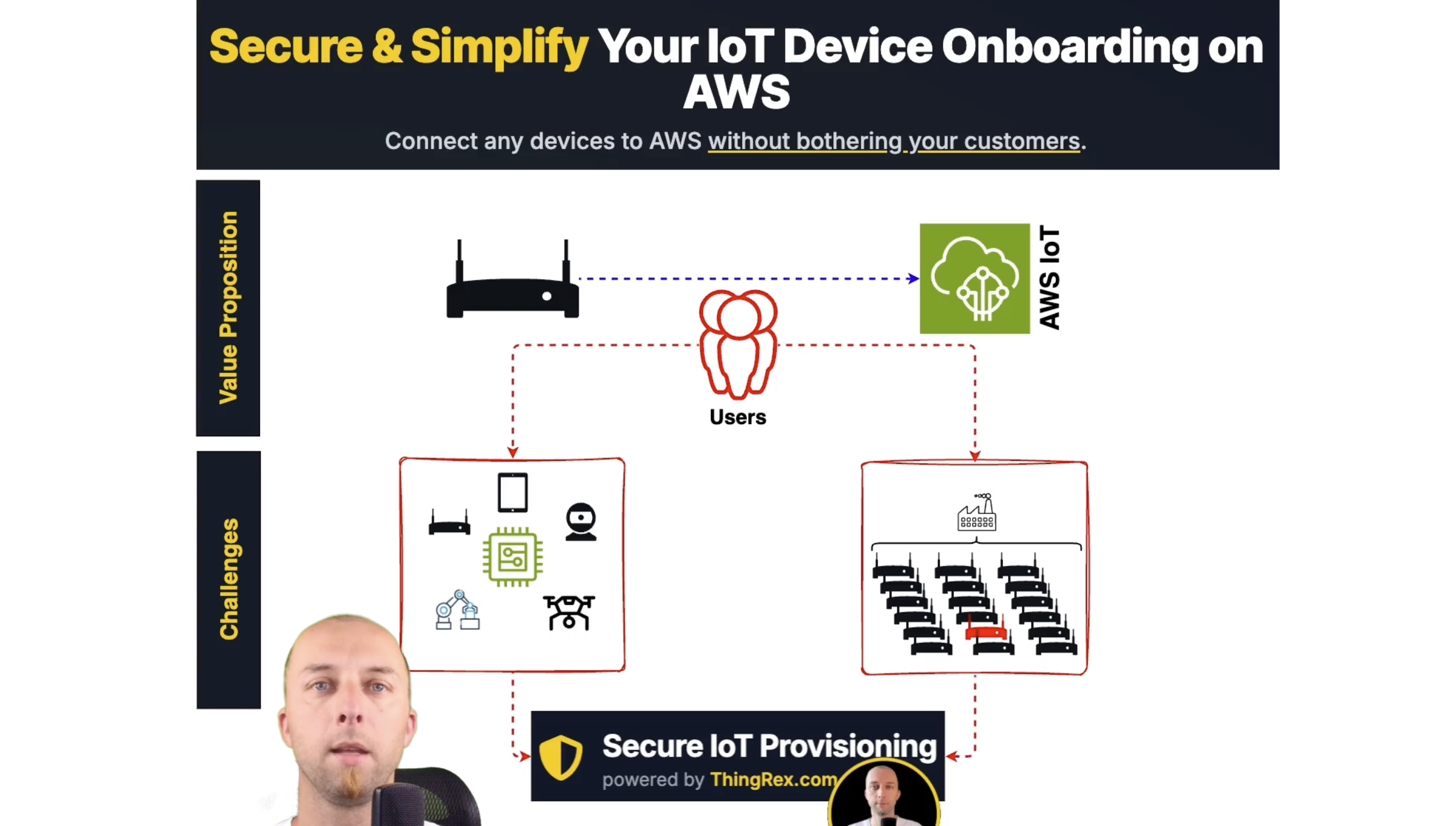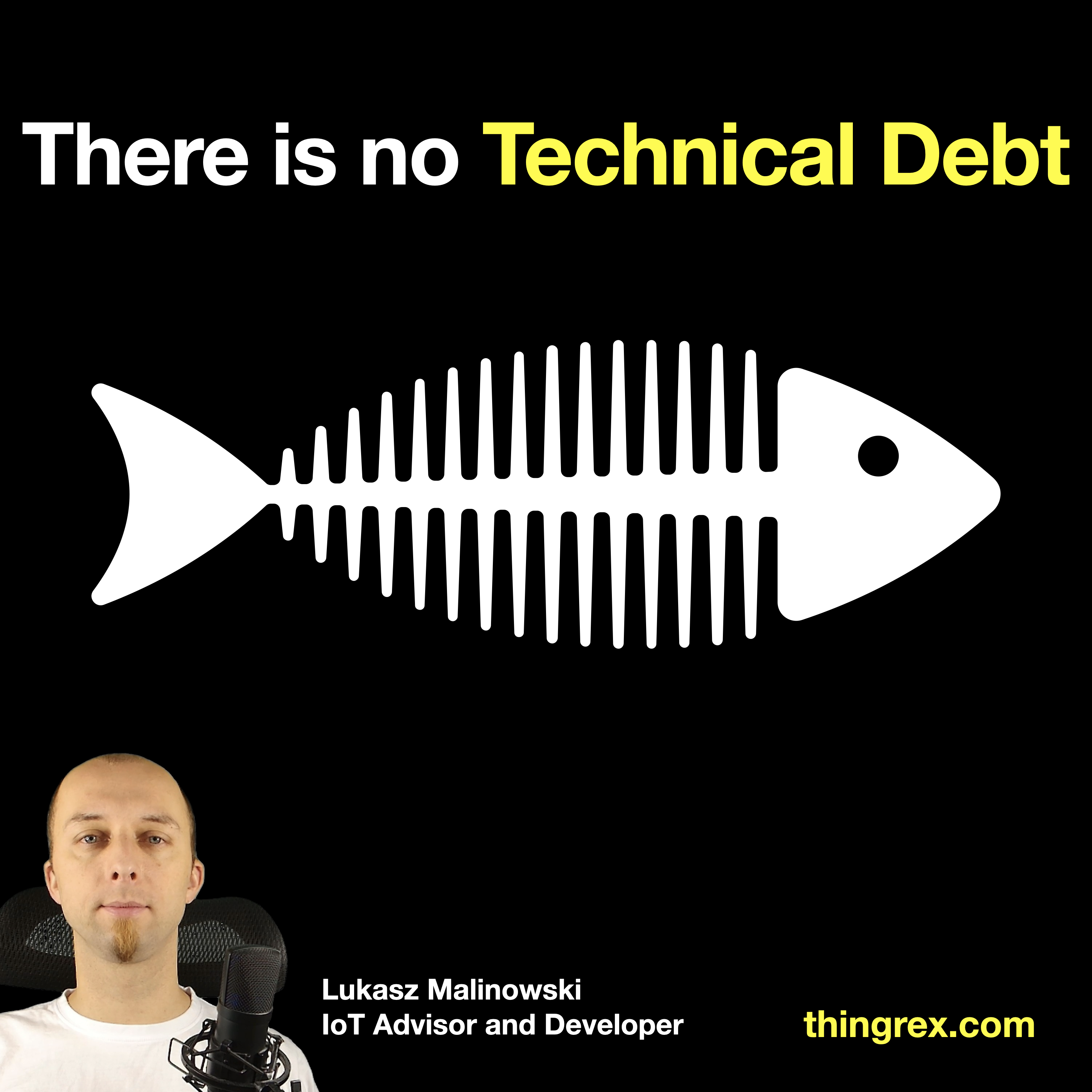Commercial Engagement is NOT a Research Project
Intro Often, I meet people who are unwilling to provide tangible outcomes, hiding their lack of skills under the guise of a research project. This misconception can lead to confusion, misaligned expectations with business stakeholders, and ultimately result in unsuccessful collaborations.
Commercial Engagement vs. Research Project A commercial engagement is a partnership between a business and an external entity (such as a consulting firm, research institution, or individual) aimed at achieving specific, measurable outcomes that directly contribute to the business’s success.


